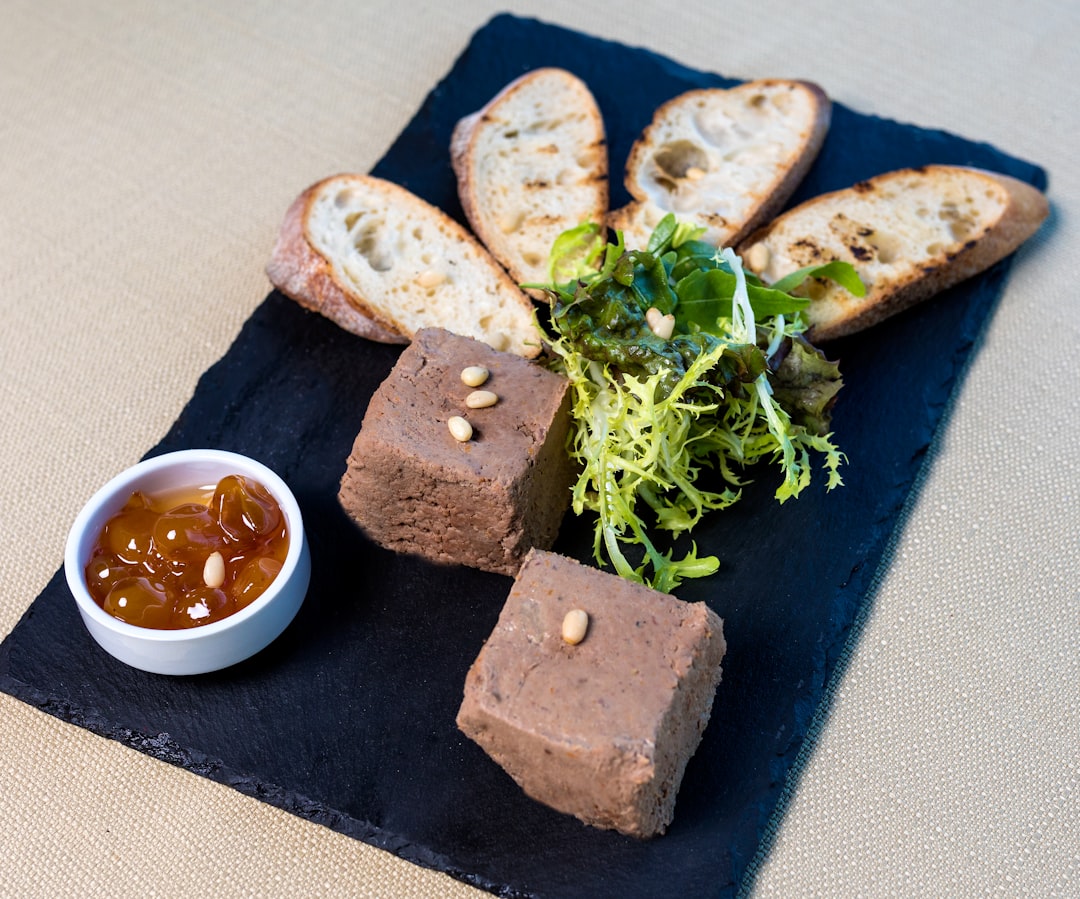What is it about?
The aim of the work is to employ the artificial neural networks for prediction of hardness of the alloyed copper like CuTi, CuFe, CuCr and CuNiSi. In this paper it has been presented an original trial of prediction of the required hardness of the alloyed copper like CuTi, CuFe, CuCr and CuNiSi. Artificial neural networks, can be applied for predicting the effect of the chemical composition, parameters of heat treatment and cold working deformation degree on the hardness. It has been assumed that the artificial neural networks can be used to assign the relationship between the chemical compositions of alloyed copper, temperature and time of solution heat treatment, degree of cold working deformation and temperature and time of ageing. In order to determine the relationship it has been necessary to work out a suitable calculation model. It has been proved that employment of genetic algorithm to selection of input neurons can be very useful tool to improve artificial neural network calculation results. The attempt to use the artificial neural networks for predicting the effect of the chemical composition and parameters of heat treatment and cold working deformation degree on the hardness succeeded, as the level of the obtained results was acceptable. Worked out model should be used for prediction of hardness only in particular groups of alloyed copper, mostly because of the discontinuous character of input data.
Featured Image
Why is it important?
The results of research make it possible to calculate with a certain admissible error the hardness value basing on combinations of concentrations of the particular elements, heat treatment parameters and cold working deformation degree.
Read the Original
This page is a summary of: Modelling of Hardness Prediction of Alloyed Copper Using Artificial Neural Networks Applications, Advanced Materials Research, October 2014, Trans Tech Publications,
DOI: 10.4028/www.scientific.net/amr.1036.52.
You can read the full text:
Contributors
The following have contributed to this page










